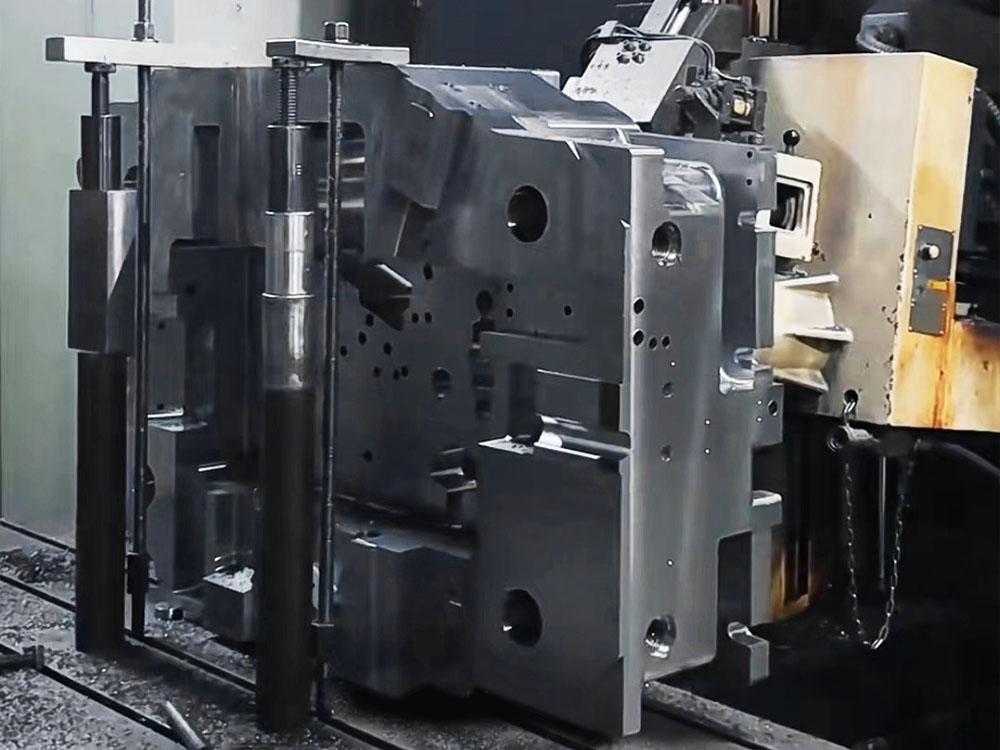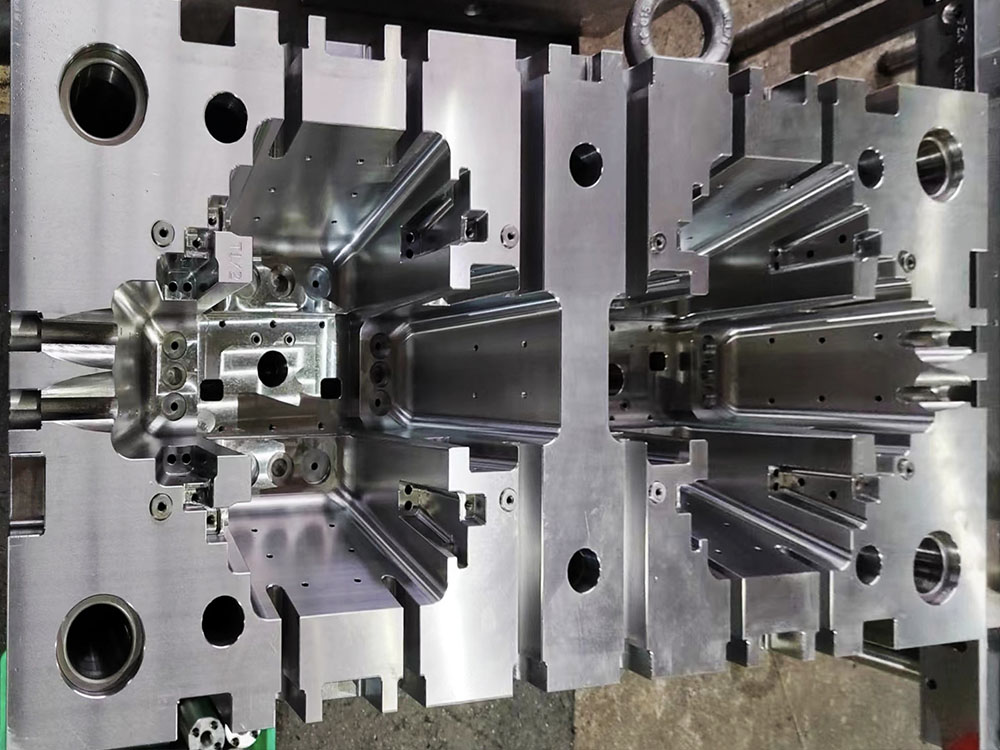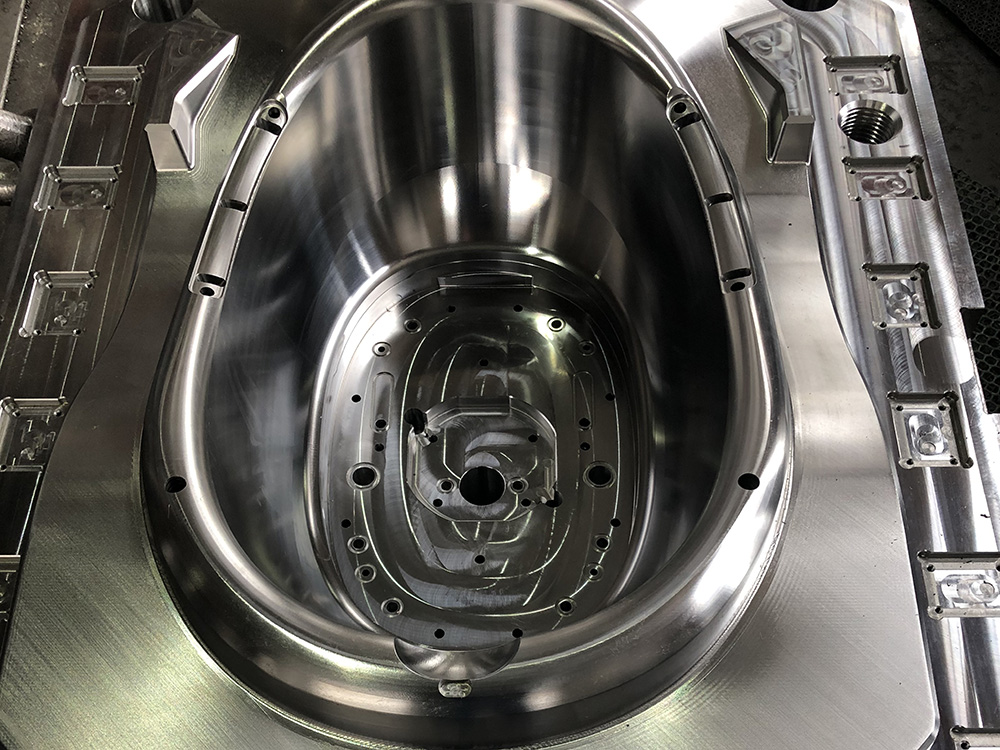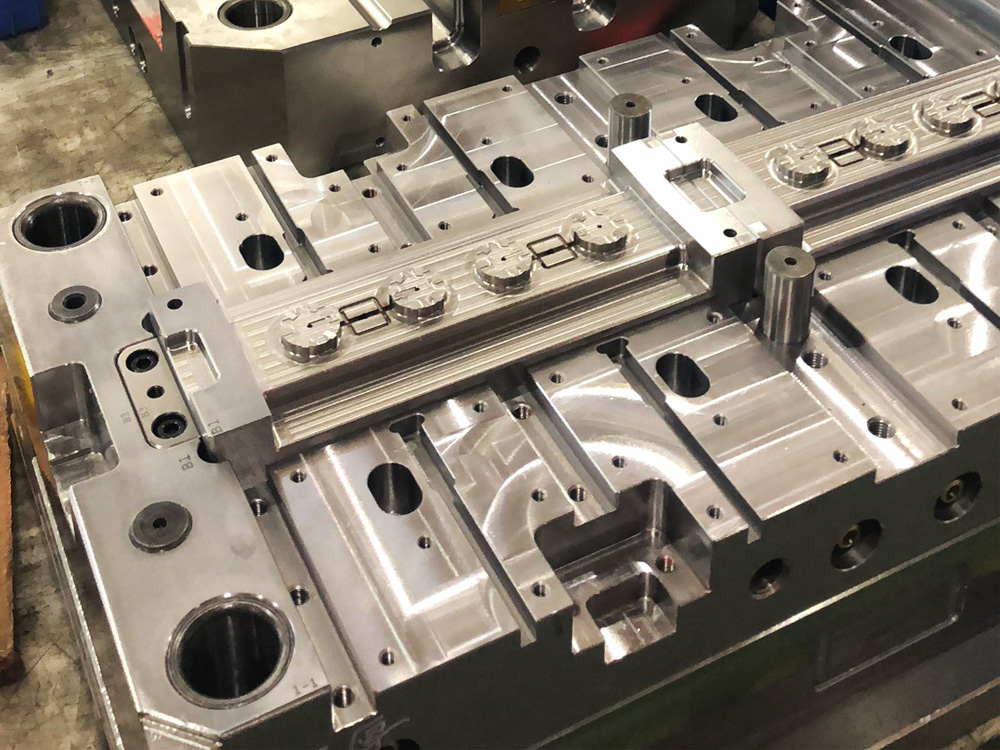Inspection Criteria for Clip-on Steel Pipe Scaffolding
Introduction: Clip-on steel pipe scaffolding is widely used in the mold base industry due to its versatility and ease of use. However, ensuring the safety and quality of these scaffolds is of utmost importance. This article outlines the inspection criteria that should be followed to ensure the proper functioning and reliability of clip-on steel pipe scaffolding.
1. Visual Inspection:
Inspect the entire scaffolding system visually to identify any visible defects or damages. Pay special attention to the following areas: - Horizontal and vertical braces: Check for any bent, cracked, or missing braces. - Connectors and couplers: Inspect for any signs of corrosion, damage, or loose fittings. - Tubes and pipes: Look for dents, bends, or any signs of deformation. - Platforms and planks: Ensure that they are secure, without any cracks or signs of wear and tear. - Guardrails and toe boards: Verify that they are properly installed, without any damage or missing components.
2. Stability Testing:
The stability of clip-on steel pipe scaffolding is crucial for preventing accidents. Perform the following stability tests: - Push test: Apply a moderate amount of force to the scaffolding to check for any movement or instability. If there is any significant sway or displacement, further inspection and reinforcement are necessary. - Plumb test: Use a level to ensure that the scaffolding is perfectly vertical and not leaning to one side. - Cross-bracing test: Verify that the cross-bracing is properly installed and tightened. It should provide additional stability to the scaffolding structure.
3. Load Capacity Testing:
Knowing the load capacity of the scaffolding is essential to prevent overloading and collapse. Perform load capacity tests as follows: - Determine the maximum intended load for the scaffolding system. - Calculate the total weight of the materials, tools, and workers that will be on the scaffolding. - Ensure that the calculated load does not exceed the scaffold's maximum load capacity as specified by the manufacturer.
4. Scaffold Configuration:
Inspect the scaffolding configuration to ensure compliance with safety standards: - Base and foundation: Ensure that the scaffold is properly supported on a stable surface. - Height and width: Verify that the scaffolding is not exceeding the recommended height and width limits. - Bracing and ties: Confirm that all necessary bracing and ties are installed as per manufacturer guidelines. - Use of guardrails: Ensure that guardrails are installed at appropriate heights to prevent falls.
Conclusion:
Adhering to the inspection criteria outlined above is crucial to ensure the safety and reliability of clip-on steel pipe scaffolding in the mold base industry. Regular inspections should be conducted to identify any defects or deviations and take appropriate measures to address them. Remember, the proper functioning of scaffolding directly impacts workers' safety and the overall success of any project. Stay vigilant and prioritize safety above all else.




